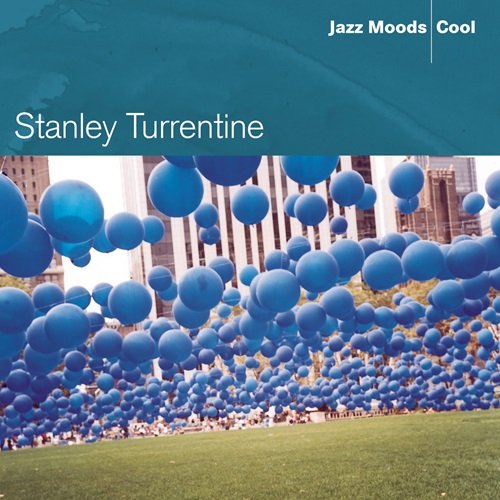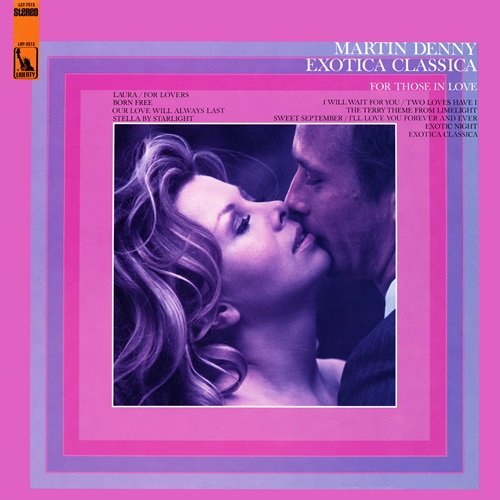David Murphy - Shankar: Symphony (2012) [Hi-Res]
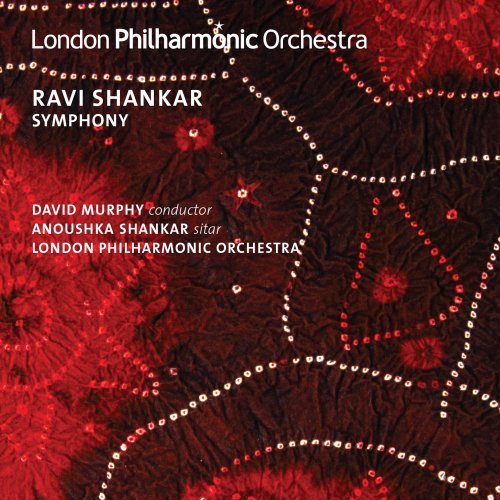
Artist: David Murphy
Title: Shankar: Symphony
Year Of Release: 2012
Label: London Philharmonic Orchestra
Genre: Classical
Quality: 16-bit/44.1kHz FLAC; 24-bit/48kHz FLAC & booklet
Total Time: 41:49
Total Size: 196; 433 MB
WebSite: Album Preview
Ravi Shankar travelled a great deal in the West as a child dancer in his elder brother Uday Shankar’s troupe of Indian musicians and dancers. During a long sojourn in Paris in the early 1930s he met many of the legends of Western classical music: his brother was a friend of George Enescu, the great Romanian violinist and composer who was then teaching the teenage Menuhin in Paris. Toscanini, Heifetz, Paderewski, Casals, Kreisler and the great Russian bass Chaliapin were some of the musical legends who made an impact on the young Ravi Shankar.Title: Shankar: Symphony
Year Of Release: 2012
Label: London Philharmonic Orchestra
Genre: Classical
Quality: 16-bit/44.1kHz FLAC; 24-bit/48kHz FLAC & booklet
Total Time: 41:49
Total Size: 196; 433 MB
WebSite: Album Preview
Simultaneously he also experienced the reaction of Westerners to hearing Indian music for the first time: although many found it exciting he realised that it needed to be presented very carefully for the untrained Western ear to realise its depths. He noticed that the Western ear is attuned to harmony, modulation and counterpoint: musical textures which of necessity are almost entirely absent in Indian music in order to maintain the melodic purity of the raga. He realised Western- trained ears needed an awareness of the rhythmic and melodic structures underpinning Indian music in order to appreciate it. RAVI SHANKAR SyMPHony Thus in later years, Ravi Shankar became the first Indian musician to explain these concepts to his audiences. Through Ravi Shankar, Indian music began to have an influence on most genres of Western music: yehudi Menuhin became a duo partner and George Harrison was another Western musician for whom the music of India resonated deeply. Harrison became a devoted student and lifelong friend, thus the influence of Indian music reached out to a whole generation.
Other musicians profoundly influenced included the great jazz saxophonist John Coltrane and in 1965, Philip Glass, then a student of nadia Boulanger in Paris, first encountered Ravi Shankar when assisting him on the soundtrack for the Conrad Rooks film Chappaqua. Glass remarked: ‘Indian music pushed me towards a whole new way of thinking about music, in which the rhythmic structure became the controlling function’ and speaking of Ravi Shankar later: ‘It may be hard to imagine that one person through the force of his talent, energy and musical personality could have almost single-handedly altered the course of contemporary music in its broadest sense. But that is actually and simply what happened.’
Thus the rhythmic organisation of Indian music, honed over thousands of years, began to have a profound effect on the direction of Western music and the emergence of what became known as minimalism. This Symphony therefore is a continuation of this long journey.
The idea for a symphony germinated as the result of Ravi Shankar and me working on a project run jointly by the Bharatya Vidya Bhavan Centre and Dartington, when I was invited to organise the process of notation and orchestration and conduct the final performance of a work for a mixed group of Indian and Western instrumentalists. In working with Ravi Shankar, I had a similar experience to Glass in the 1960s: the process profoundly affected my music-making and I absorbed as much as possible through subsequent projects.
Throughout this time we returned to some of the ideas explored during our initial projects and began developing them in a new way through the prism of the Western classical symphony. (Prokofiev lights up this prism from a different angle in his ‘Classical’ Symphony.) Shankar therefore uses the Western four-movement symphonic structure, with two faster outer movements, a lyrical second movement, and a third movement structured along the lines of a scherzo and trio. Subtlety and pliability of melody and the organising power of rhythm are the cornerstones of each movement.
The first movement is based mostly on a raga known as Kafi Zila, which is similar to the natural minor scale in Western music. After a brief introduction, the raga and important rhythmic cycles are immediately announced by the tutti orchestra. In keeping with the Western symphonic tradition, the raga is explored through two contrasting themes to form an ‘exposition’. The ‘development section’ playfully explores elements of this material through an 11-beat time cycle, with virtuoso passages for solo sitar, returning after a Tehai (literally ‘three times’ – a cadential rhythmic motif repeated three times over the fundamental rhythmic cycle) to the opening material.
The second movement is based on the scale of the beautiful morning raga Ahir Bhairav. This devotional raga, with its characteristic flattened 2nd and 7th, creates an atmosphere tinged with pathos. The movement emphasises the lyrical side of Indian music, and listeners will be able to hear how much this has in common with the melodic traditions of Western music. The singing quality of the sitar and flute occupy the central section of the movement in a quasi-improvised section that explores fragments of the melodies from the opening of the movement.
Multi-rhythmic variation is very much to the fore in the third movement, which uses as its basis the rhythmic cycle known as Jhaptal (2+3+2+3=10). The melodic base is a creation of Ravi Shankar known as Raga DoGa Kalyan. This raga omits the second note of the scale, but has both 3rds and an augmented 4th. From the outset, rhythmic cycles moving in multiple metres are piled one upon the other producing a hypnotic effect. The trio section of the movement features the sitar in a virtuoso role with xylophone and marimba.
The fourth movement is based on Raga Banjārā, also created by Ravi Shankar. Banjārā uses a flattened 6th and both the major and minor 7th. The Banjārā are a nomadic people with a lively folk tradition living throughout the Indian subcontinent. This movement explores Indian rhythm in a folk context, and the centre of the movement contains a beautiful contrasting alap (non-rhythmic) section for the solo sitar. Indian rhythmic cycles are then explored by individual sections of the orchestra. Ever the innovator, Ravi Shankar explores them in a way never before attempted by a Western orchestra: there is a surprise in store towards the end of the work.
Ravi Shankar has said that the purpose of Indian music is to lead the listener ‘to a realm of awareness where the revelation of the true meaning of the universe – its eternal and unchanging essence – can be joyfully experienced’. This also sums up the essence of Ravi Shankar’s Symphony: the joyful experience of melodious, rhythmically charged and multi- faceted sound as it passes through time.
© David Murphy
Tracklist:
01. David Murphy - Symphony: I. Allegro - Kafi Zila (9:21)
02. David Murphy - Symphony: II. Lento - Ahir Bhairav (7:52)
03. David Murphy - Symphony: III. Scherzo - DoGa Kalyan (8:49)
04. David Murphy - Symphony: IV. Finale - Banjara (15:47)
![Erwan Keravec - Whitewater (2025) [Hi-Res] Erwan Keravec - Whitewater (2025) [Hi-Res]](https://img.israbox.com/img/2025-12/21/2e6xtjojbwml63os6dxwp1bzj.jpg)
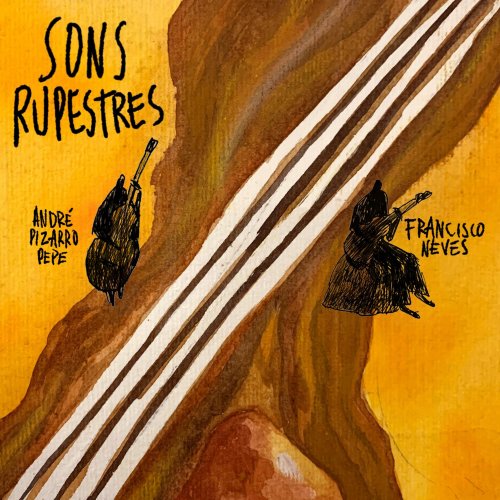
![Don Cherry, Dewey Redman, Charlie Haden & Ed Blackwell - Old And New Dreams (1979/2025) [Hi-Res] Don Cherry, Dewey Redman, Charlie Haden & Ed Blackwell - Old And New Dreams (1979/2025) [Hi-Res]](https://www.dibpic.com/uploads/posts/2025-12/1766322079_cover.jpg)
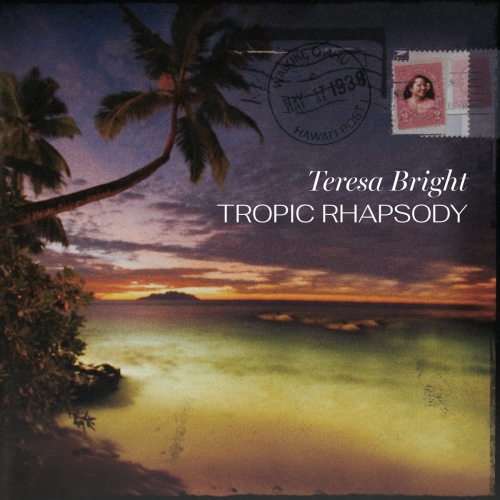
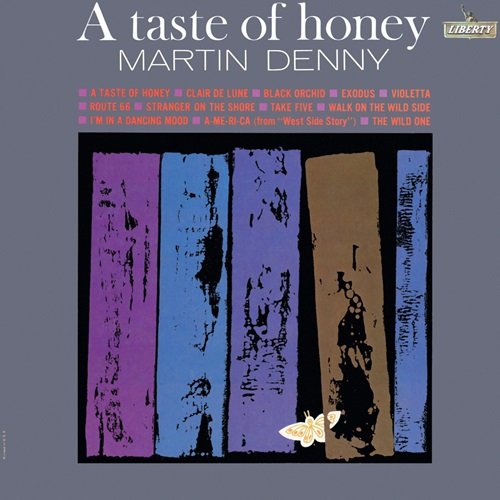
![The Baroque Jazz Ensemble - The Baroque Jazz Ensemble (feat. Ira Schulman) (2025) [Hi-Res] The Baroque Jazz Ensemble - The Baroque Jazz Ensemble (feat. Ira Schulman) (2025) [Hi-Res]](https://img.israbox.com/img/2025-12/19/yehoqbmzkuwk180c26lz85clx.jpg)

